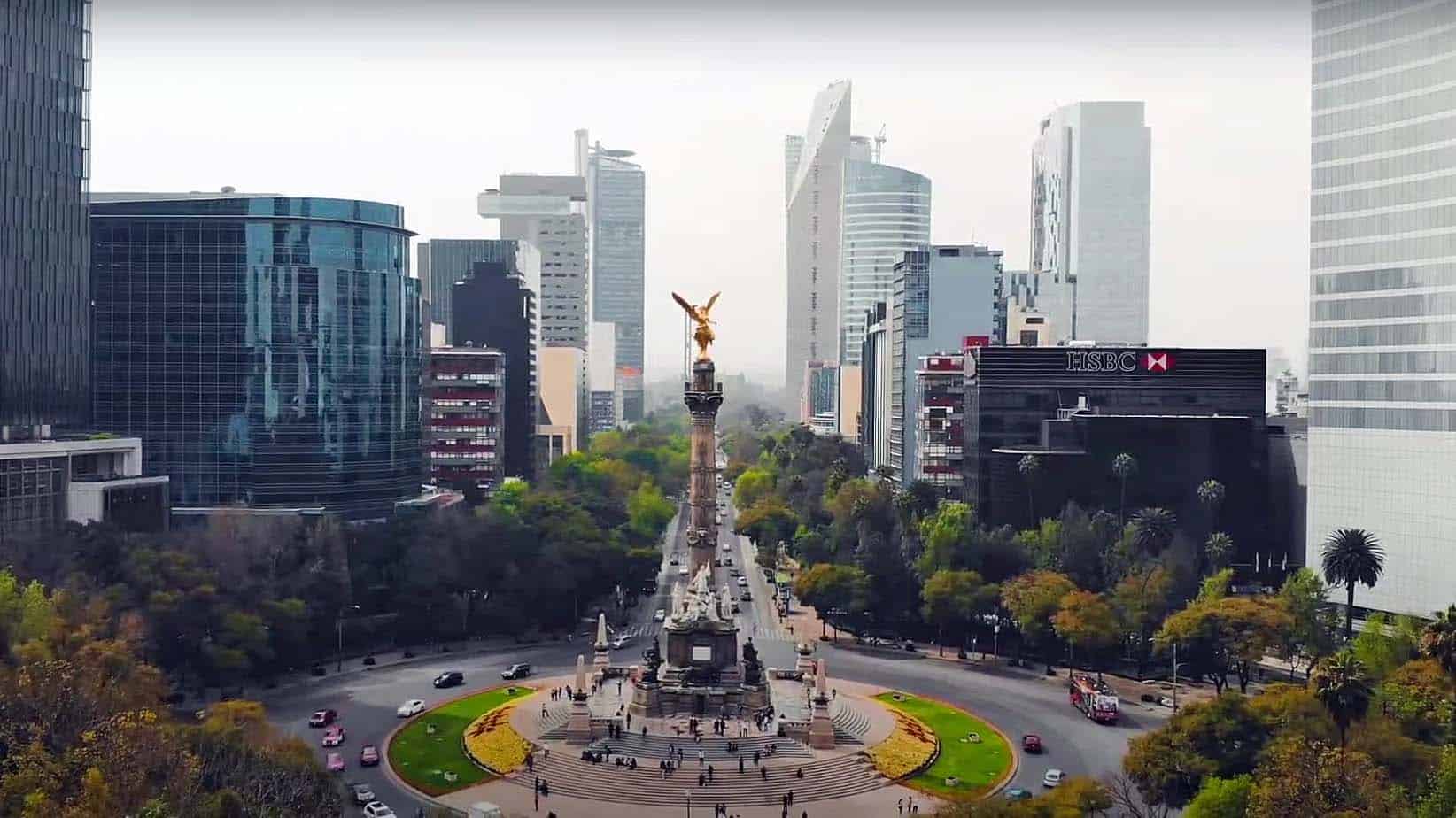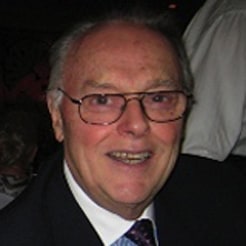
Do Organizations Function Like Traffic Intersections or Roundabouts?
The scale and size of bureaucracies, which once made our companies strong and prosperous, are now liabilities in this era of constant change. We are asked daily to reinvent the future but to do so inside a culture of work that is deeply broken. Today we face an array of systemic challenges – in our economy, our government, our companies, and our environment – all stemming from our inability to change.
Companies are not machines to be neither predicted nor controlled. They are complex human systems full of potential waiting to be released writes organizational consultant, Aaron Dignan, in his book, Brave New Work: Are You Ready to Reinvent Your Organization?
So how do we manage intersections? In the United States and Canada, we largely operate using traffic signals; in most of the rest of the world, they safely use roundabouts. Pictured above is one of my favorites, which I safely circumnavigated many times in my old ’67 Volkswagen Beetle when I lived in Mexico City over a half century ago. The roundabout features the Angel of Independence Monument in its center and is located on the El Paseo de la Reforma.
Any roundabout requires drivers to be present and responsible for their own safety and the safety of others. The flow keeps moving and is left to its own devices. The roundabout system also can model an organization’s operating system, possessing less common assumptions about coworkers, clients, and challenges:
- Coworkers, colleagues, and clients can be trusted and will trust one another to use judgment and do the right thing
- Complex challenges can be managed with simple rules and agreements, which leave room for judgment, give the right of way to vehicles already in the circle, and go with the flow of traffic
- Many scenarios will unfold in the roundabout, but social coordination and collaboration will be sufficient to effectively manage them
The traffic signal and roundabout traffic systems are a surprisingly effective metaphor for what is happening in the world of work today. Many of us are addicted to the idea that the world can be predicted and controlled – that stop lights are the only way to keep things in check. But when we view the world that way, today’s uncertainty and volatility become triggers for retreating into what worked in the past. We need to discover and develop more capable leaders and we need to squeeze out a little more effectiveness and growth especially in times of change, such as a global pandemic.
Dignan states that roundabout companies have found ways to achieve what conventional wisdom says is impossible:
- They reach optimal decisions faster
- They allocate resources more dynamically
- They form and disband teams more fluidly
- They innovate both process and product
- They grow without losing the culture they love
- They work fewer hours but accomplish more
- They protect the planet but maintain outsized profitability
- They create prosperity not just for their shareholders, but for their coworkers, clients, and communities
Roundabout companies are based on Douglas McGregor’s Theory “Y” practices. According to McGregor, Theory Y suggests that coworkers are motivated for intrinsic reasons as opposed to extrinsic reasons. What this means is that they are working for reasons that go well beyond money and include reasons such as feeling satisfied with themselves, increasing self-esteem, and helping others. A leader who takes a Theory Y approach allows more freedom to his or her coworkers so that they can be independent, more creative, and strive for success.
Dignan concludes by declaring that if everyone were competing not to become the optimal in the world, but to become the optimal for the world, how incredible that would be – the promise of capitalist competition but with a new scoreboard. Instead of just one winner, everyone wins. This is the real roundabout.
- About the Author
- Latest Posts
Vice President Emeritus for Learning Technologies Donald Smith, Ed.D, CPT, headed ME&A programs in learning, leadership, and performance enhancement. He stayed with the firm in his retirement, bringing more than 65 years of experience as a coach, designer, facilitator, evaluator, manager, educator, and organizational change architect in more than 50 countries. He is affectionately known as ME&A’s MENCH.



